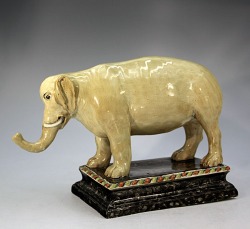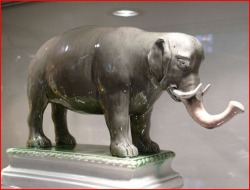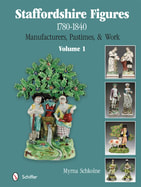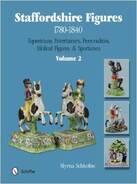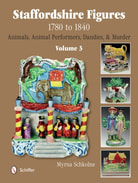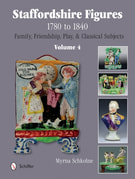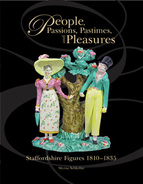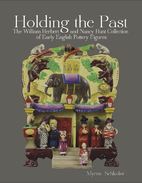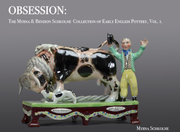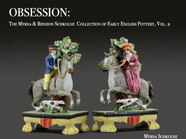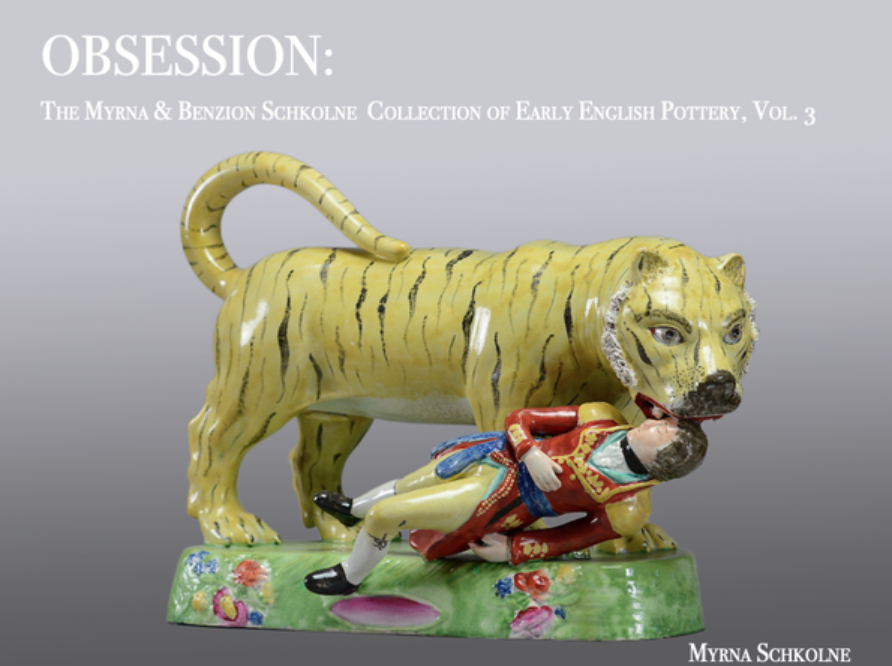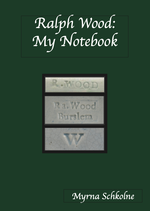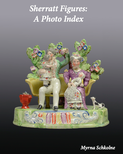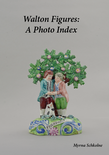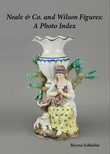John Howard's elephant is a model that was made by the famous Wood family of Burslem, probably Ralph Wood. As noted, it was also produced in colored glazes typical of Ralph Wood figures. But the enamel example is especially rare. I have only been able to trace one other. It appeared in Jonathon Horne's Exhibition Catalogue in the early 1990s.
If you are thinking of buying this figure, remember that an elephant with a raised trunk is a symbol of good luck!
Think the elephant was an unfamiliar site on Britain's shores by the 18th century? Think again!
- In 1255, under the watchful gaze of the crowd that had traveled from afar to see it, the first elephant, a gift from the French king, landed on British shores. That same year, Henry III notified the sheriff of London, “We command you, That of the Ferm of our City, ye cause (without Delay) to be built at our Tower of London, one House of forty Foot long, and twenty Foot deep, for our Elephant.” The elephant lived for just two years.
- In 1679, the scientist Robert Hook noted seeing an elephant carry a castle and man on its back on London’s streets. The motif of a castellated elephant had been used for centuries in the arms of Coventry and as the emblem of London’s Cutlers’ Company.
- Displays of exotic animals were not only for the nation’s elite. By the seventeenth century, even ordinary people in distant towns were able to view the wonders of the animal kingdom, courtesty of traveling entertainers.
- In 1793, Pidcock purchased a male elephant off a trading ship for a thousand guineas for his menagerie.
